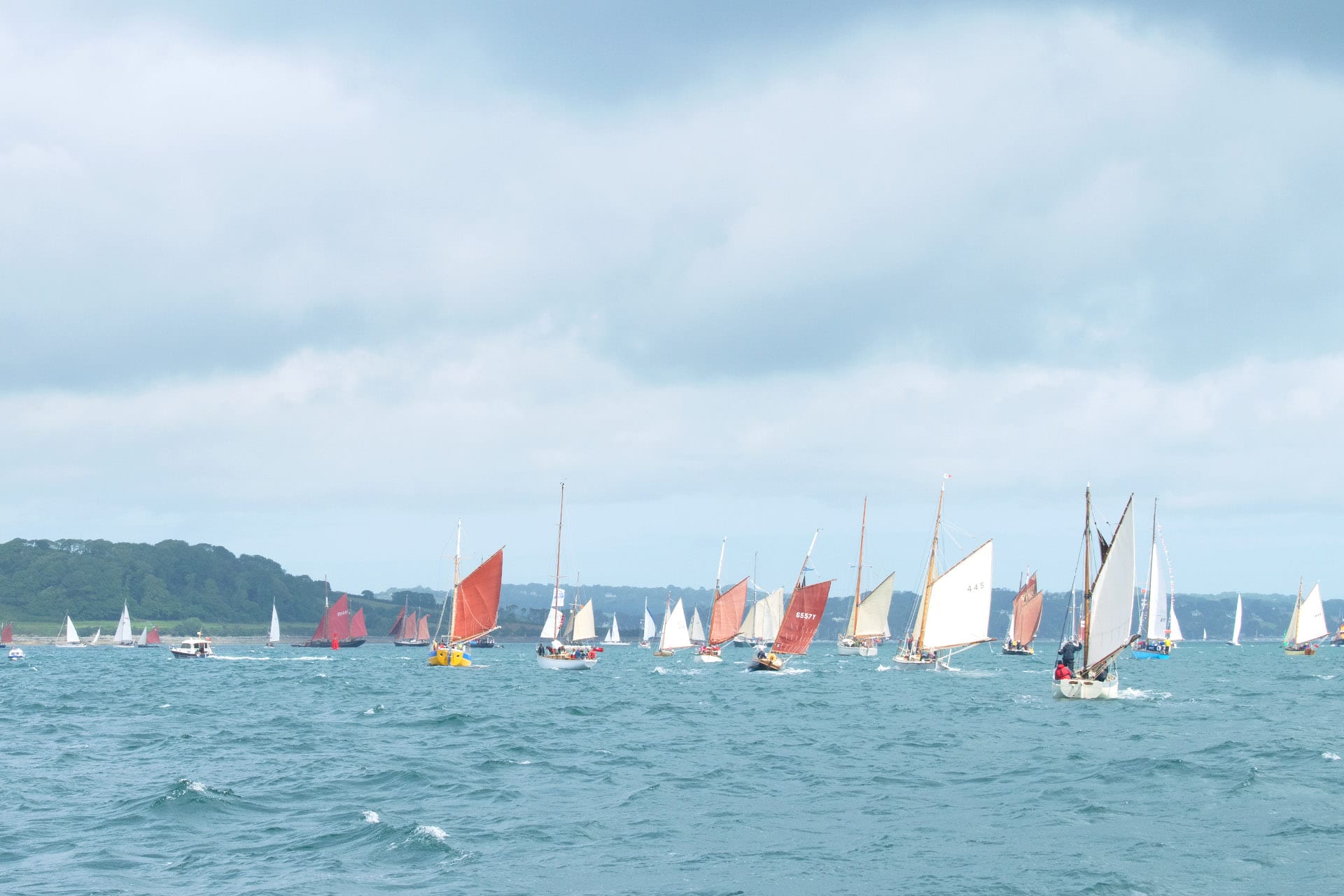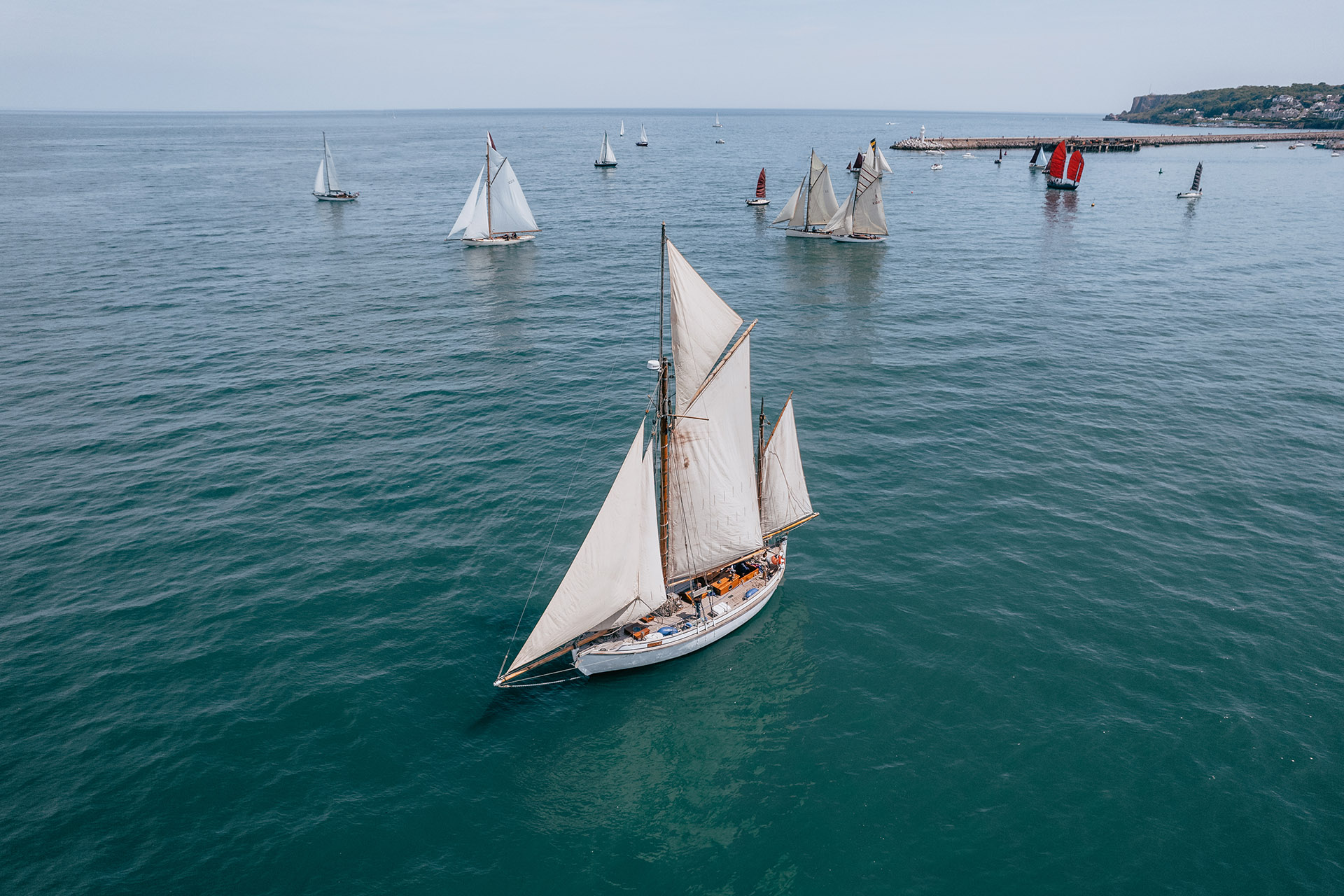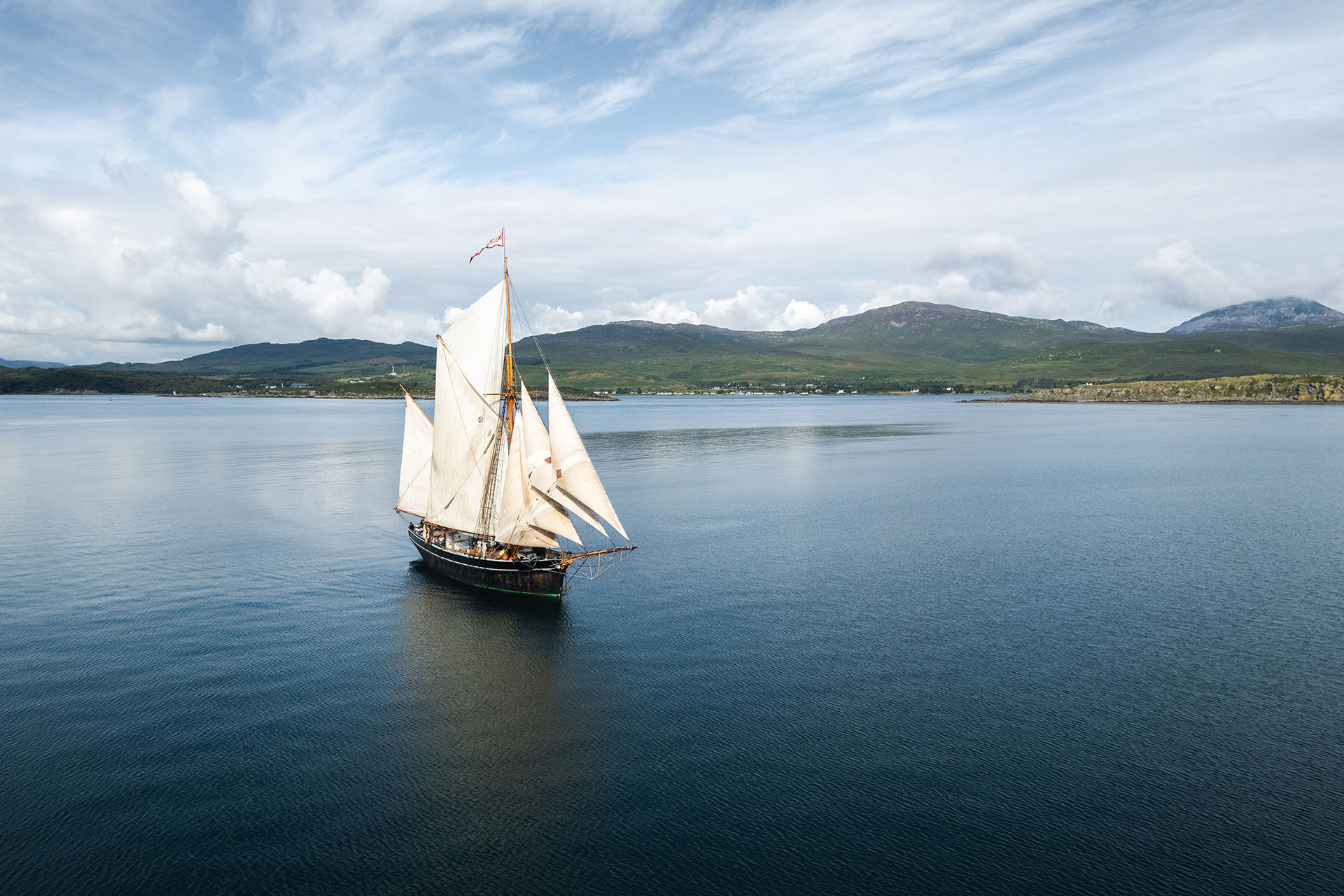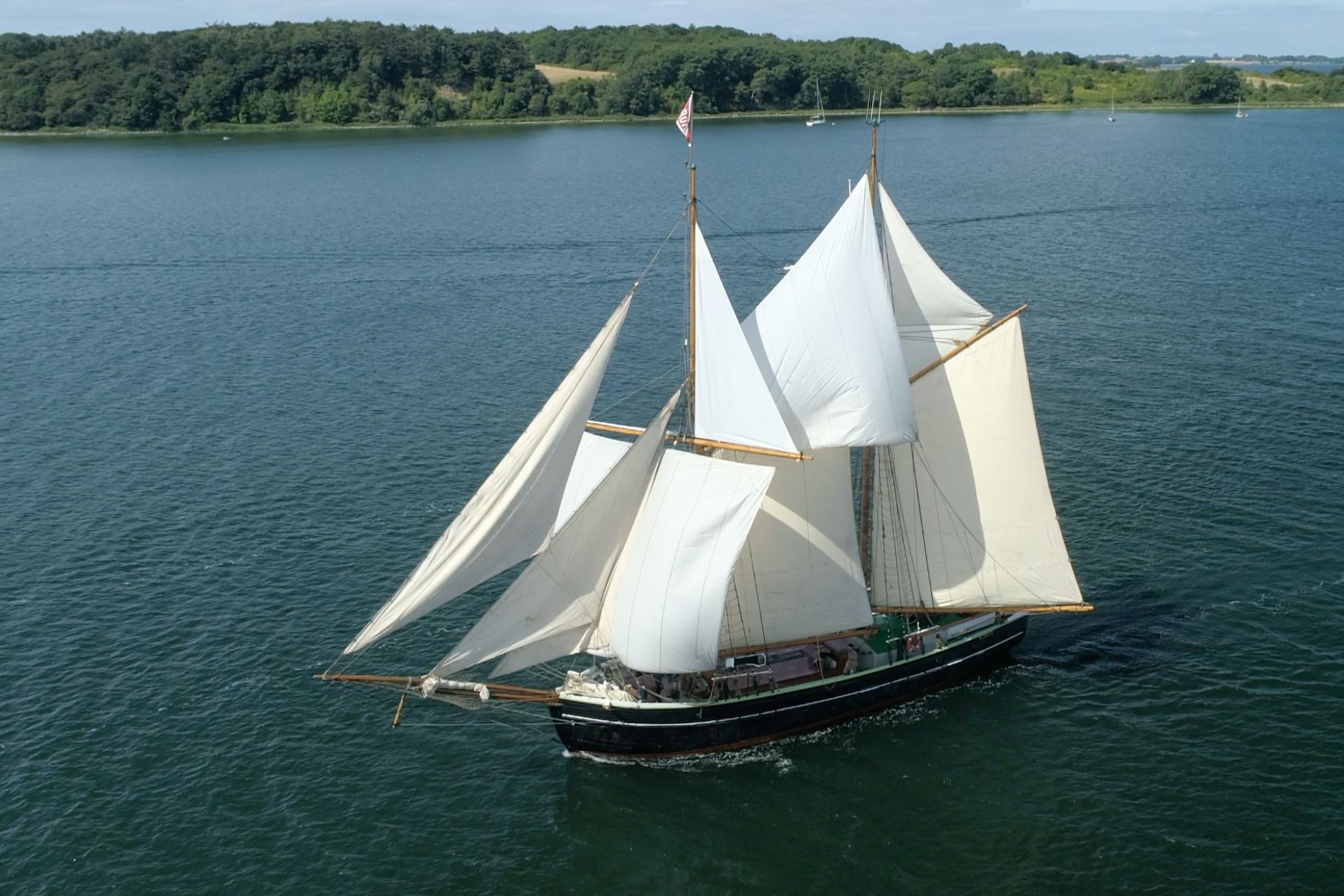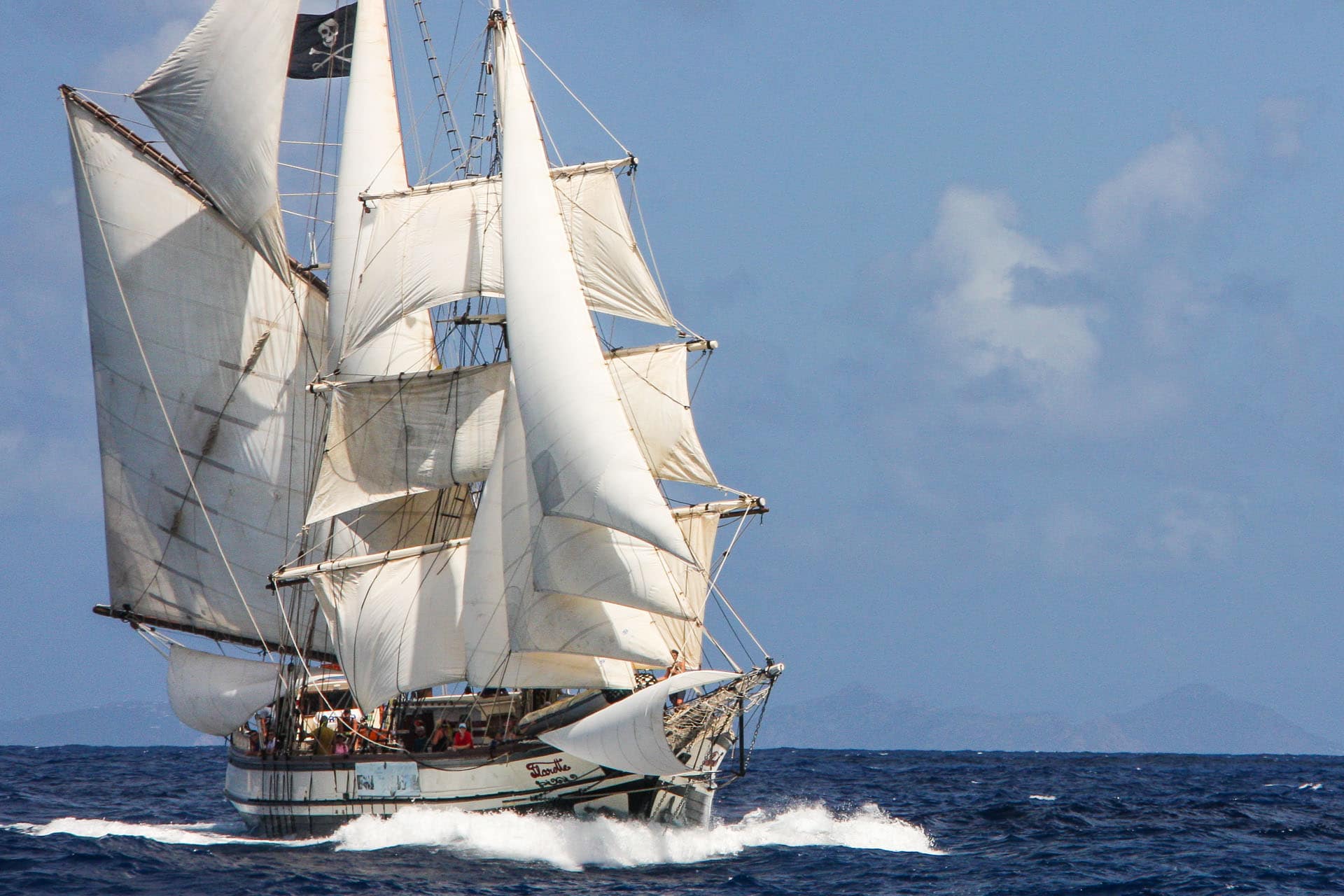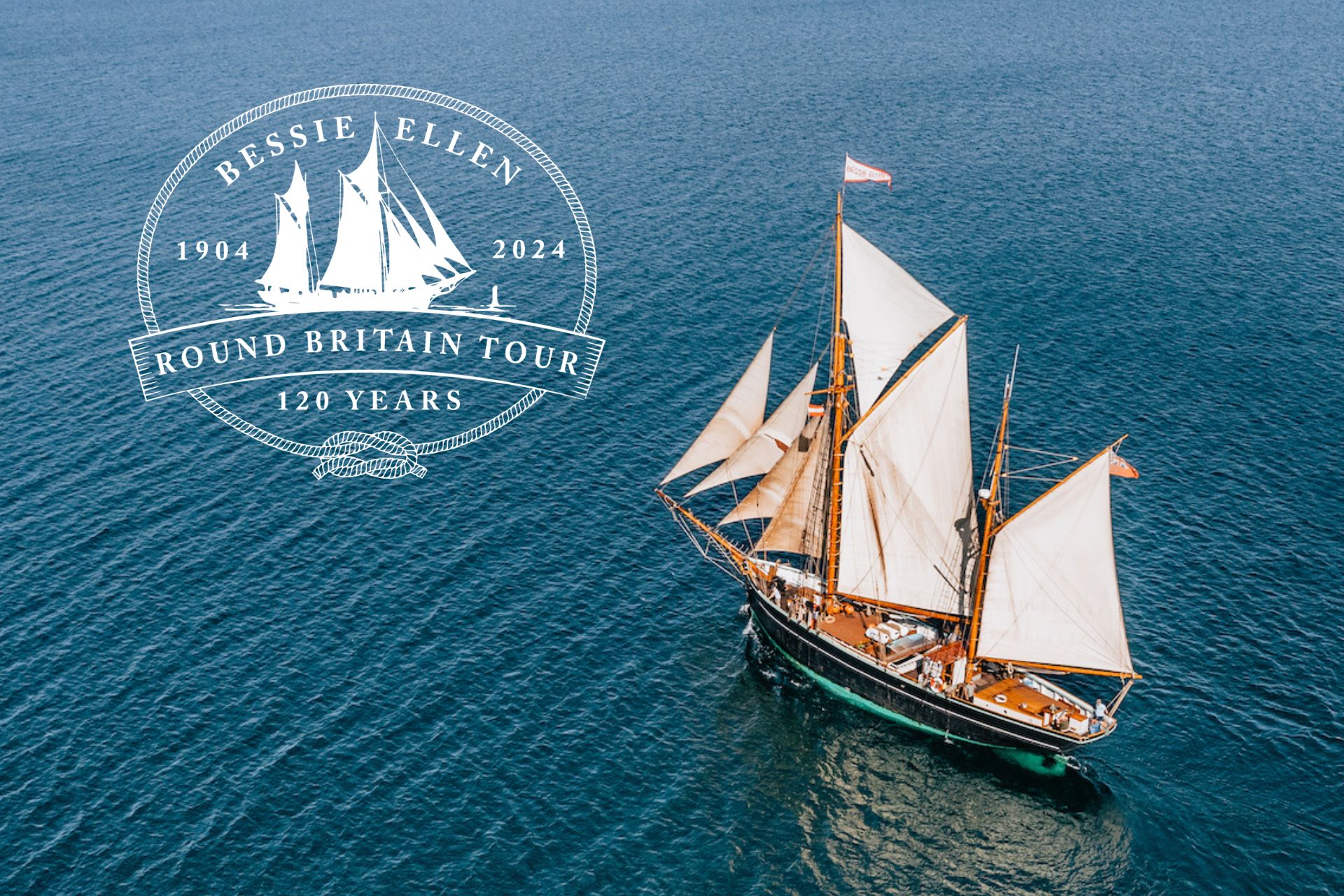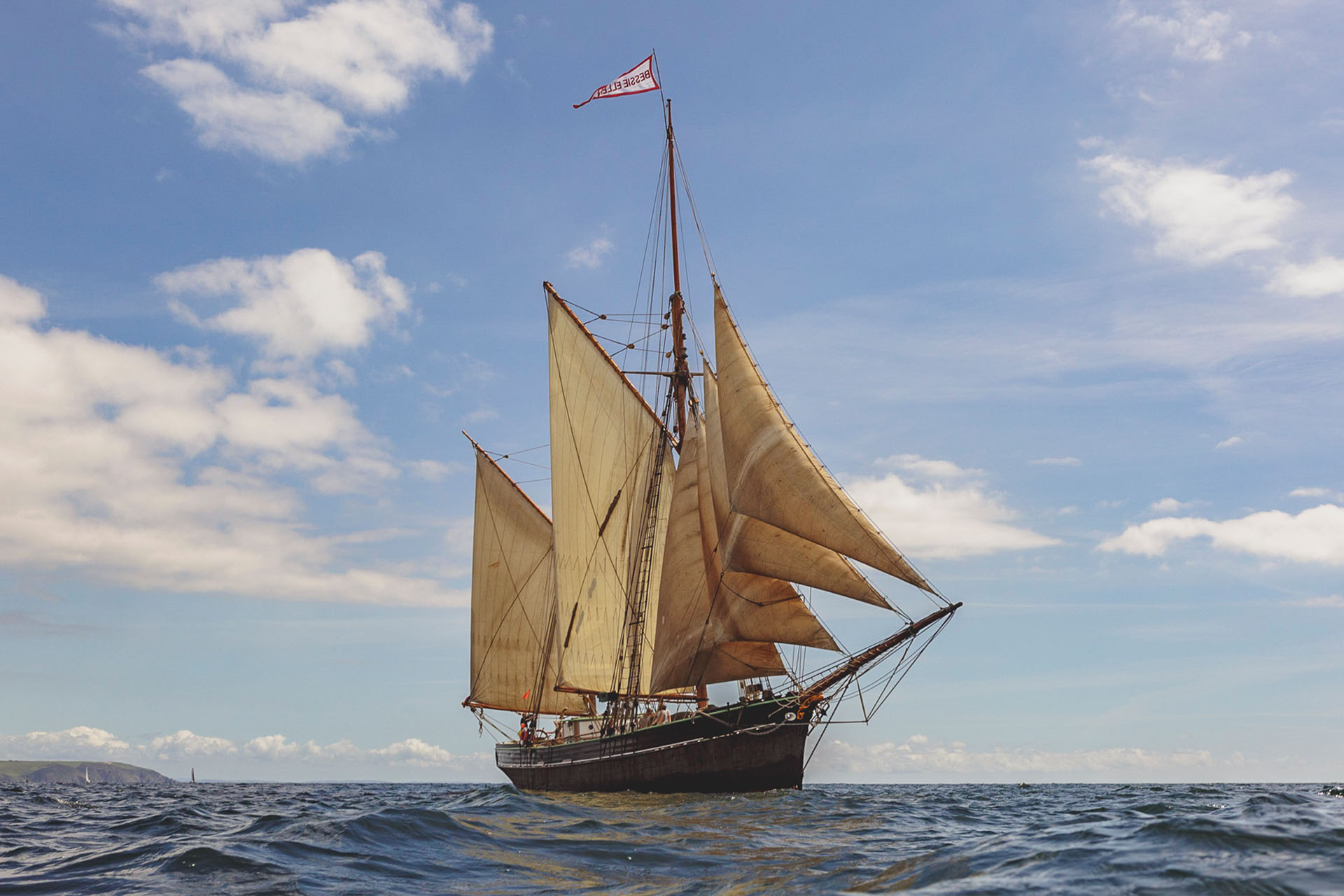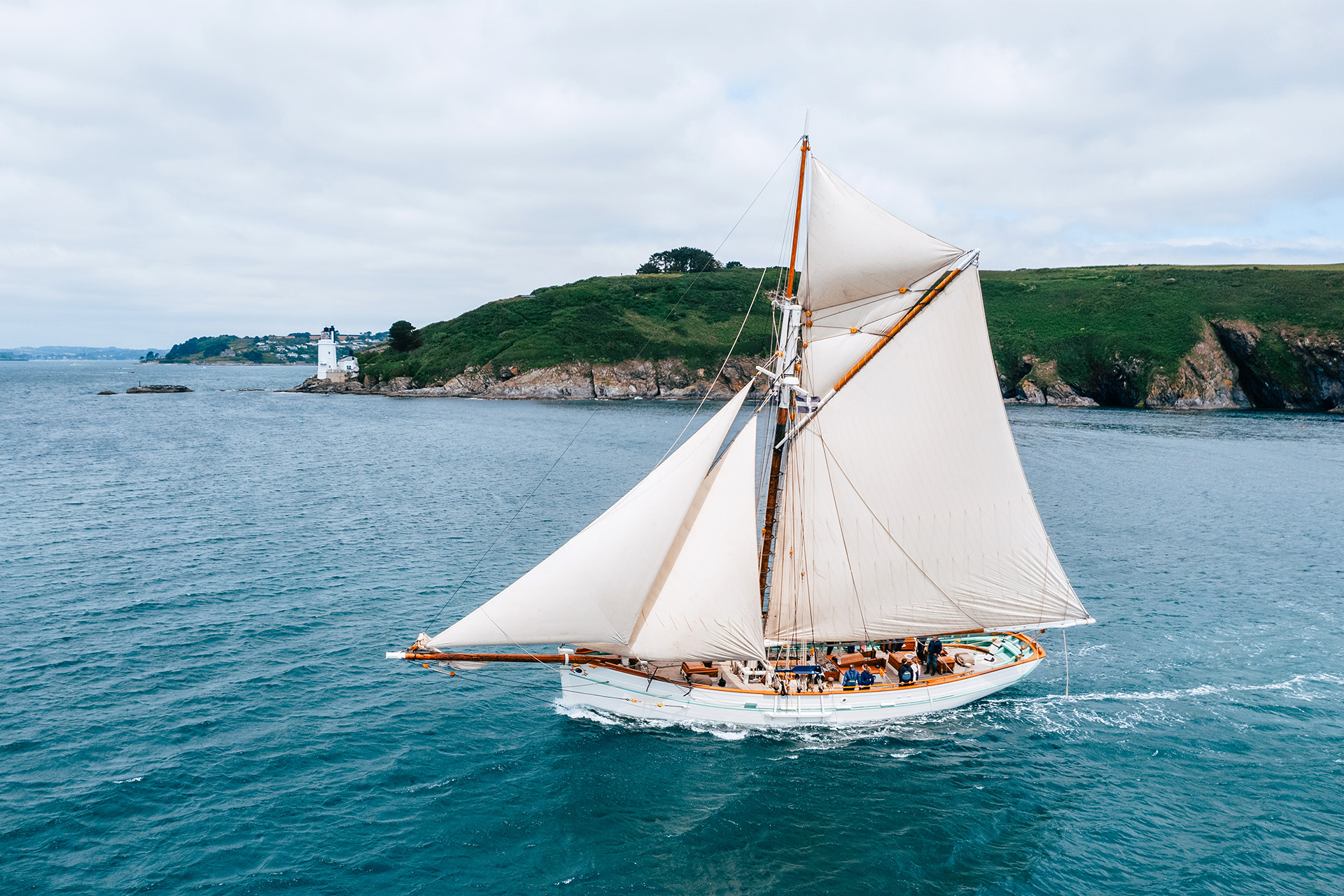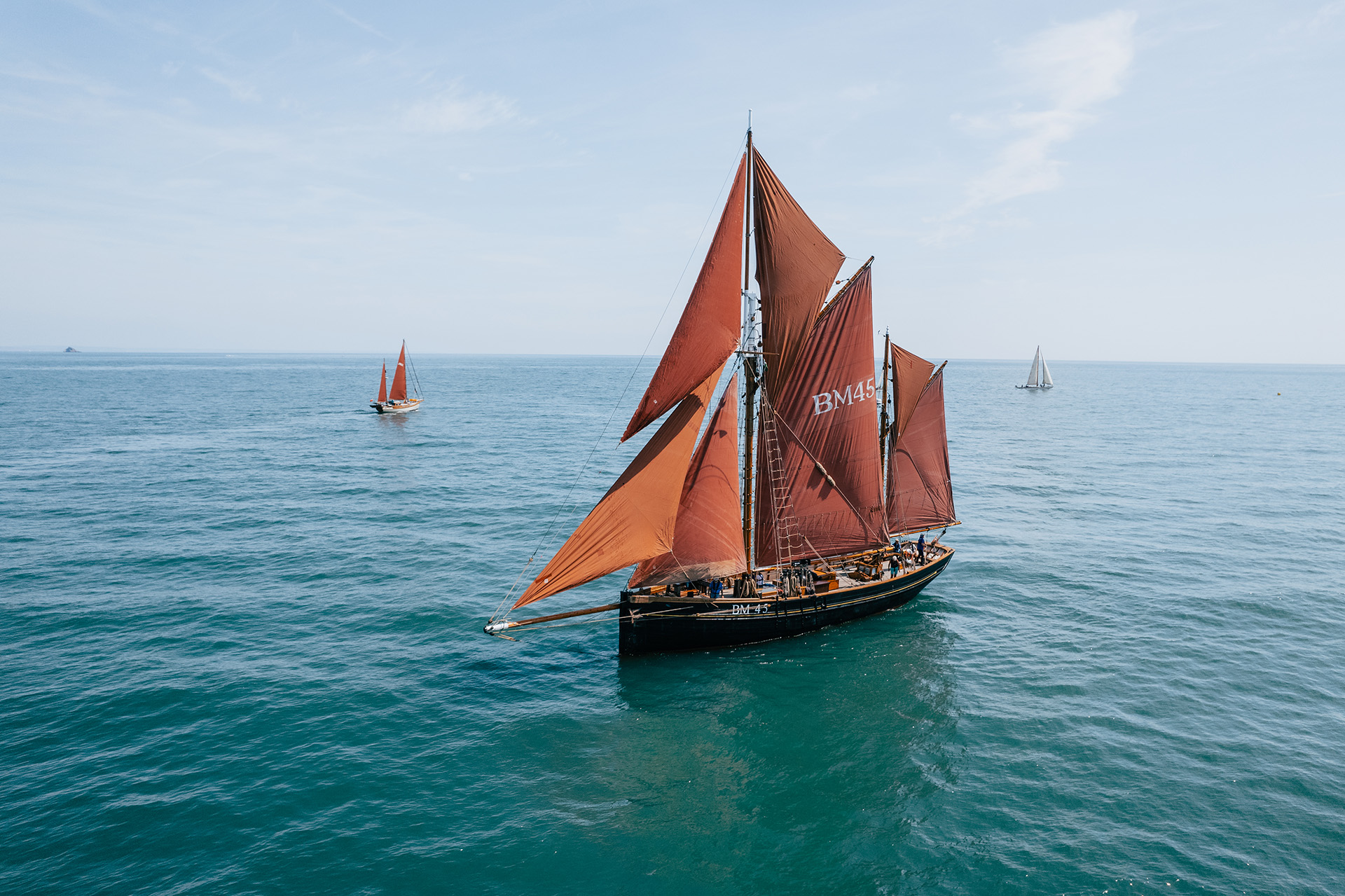
The Brixham Trawler is a type of wooden fishing boat originally developed in the small coastal town of Brixham in Devon, England, between the late 18th and early 19th centuries. Altogether much larger than its predecessors at 60-80 ft long, with a deep keel and heavy displacement, the Brixham trawler enabled fishermen to venture much further from their home ports in rougher weather and bring home a huge catch in comparison to the smaller boats of the early and mid-1700s. The Brixham trawler, with its sleek profile and recognisable ochre sails, was the symbol of British fishing before the turn of the 20th century.
The rise of the Brixham Trawler
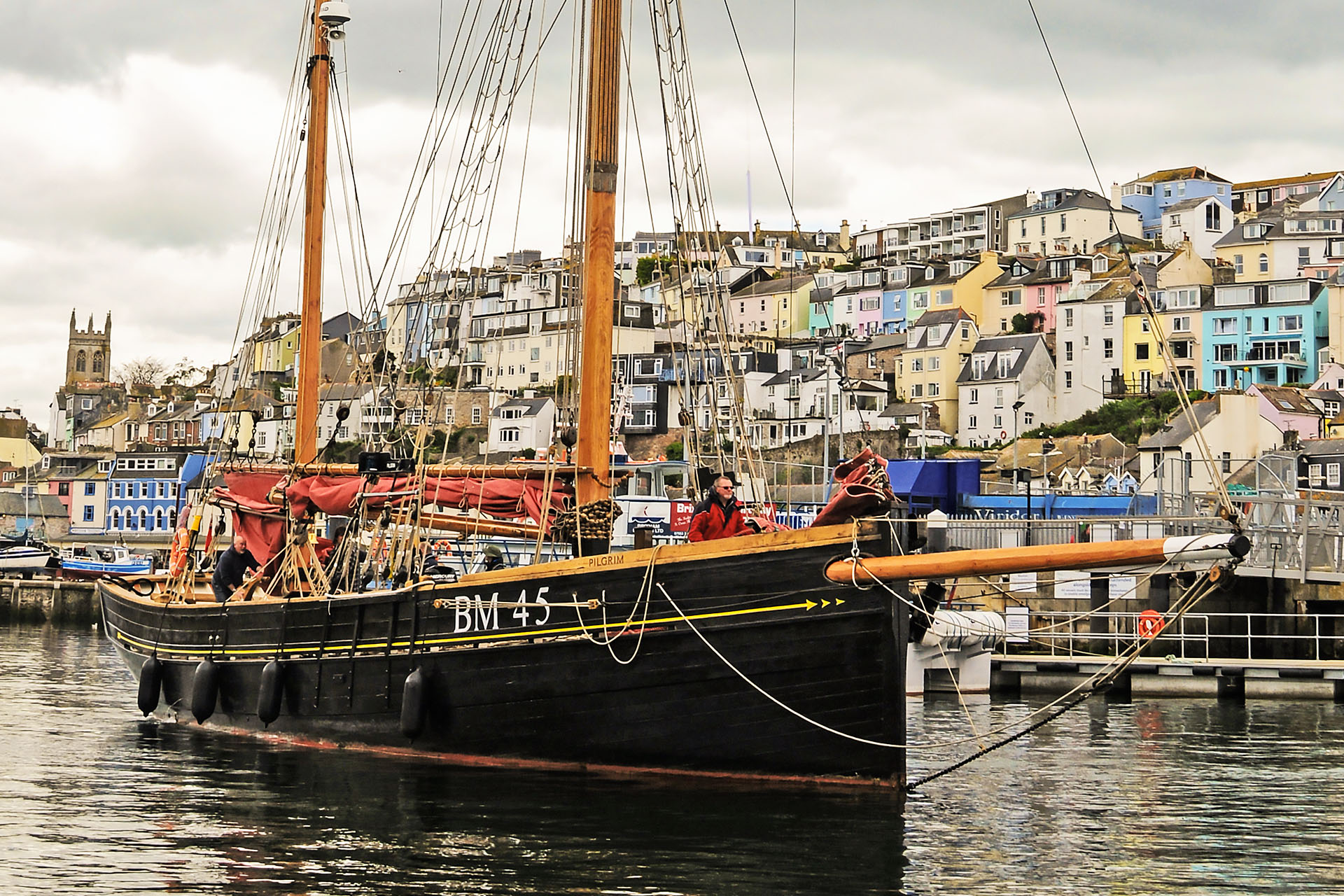

Before the Brixham Trawler, fishing was done using small, open boats that could only work in relatively calm coastal waters. This method proved limited and inefficient, providing only a small amount of fish for the local population. The Brixham Trawler was designed as a solution to these challenges: a more seaworthy, larger and sleeker vessel altogether. This meant these boats could venture much further into the English channel to catch more fish – and do it far faster too. As such, in a space of time, the catch tonnage increased and the time to bring it back to port was reduced. This resulted in a huge boom in the fishing economy for Brixham. The obvious commercial success of the design meant Brixham trawlers were soon a sought-after boat, and shipyards of Brixham were supplying fishing ports all over Britain. Secondhand Brixham trawlers were also snapped up by European fishermen at the time; a real testament to their trawling capabilities.
The Brixham Trawler Design
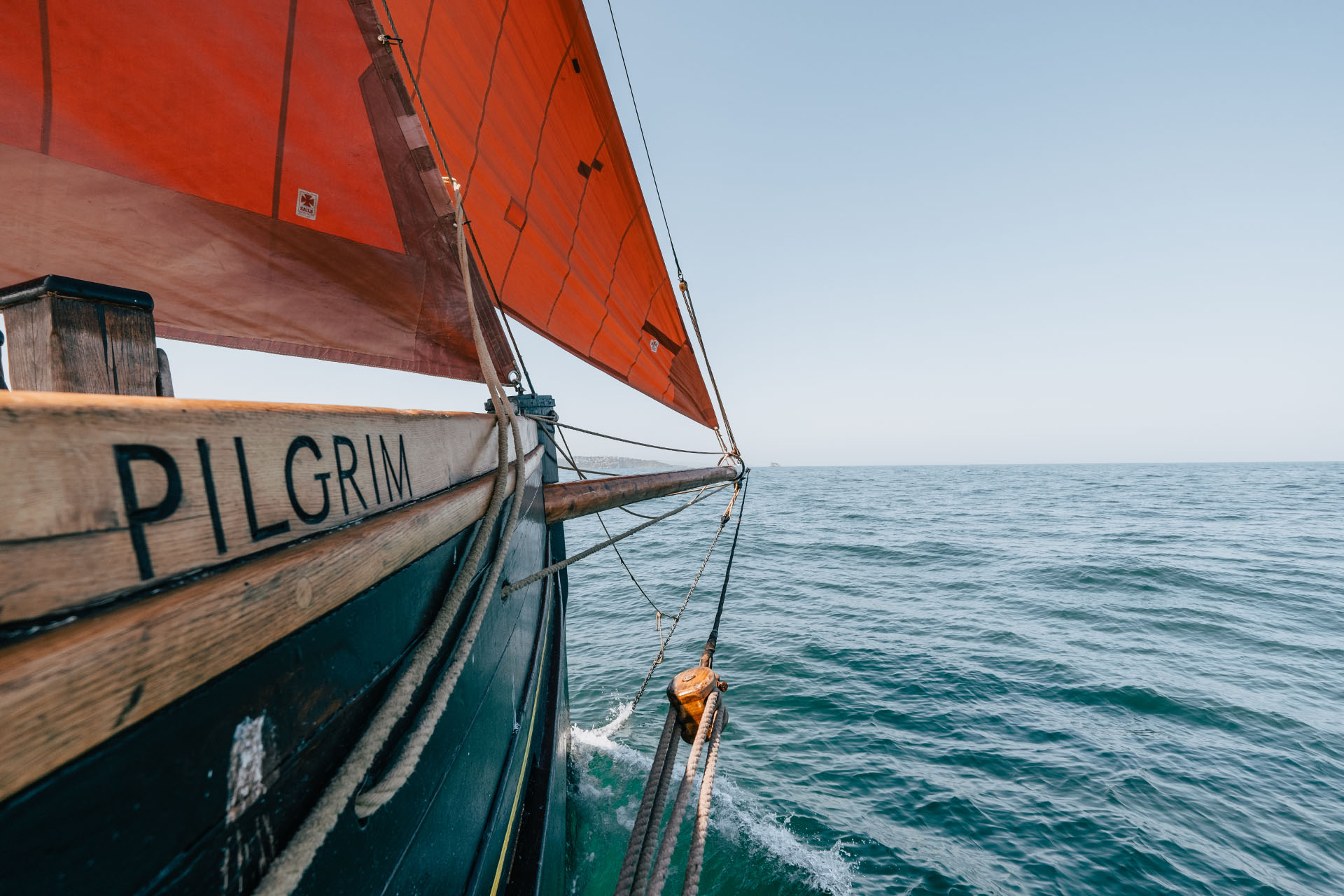
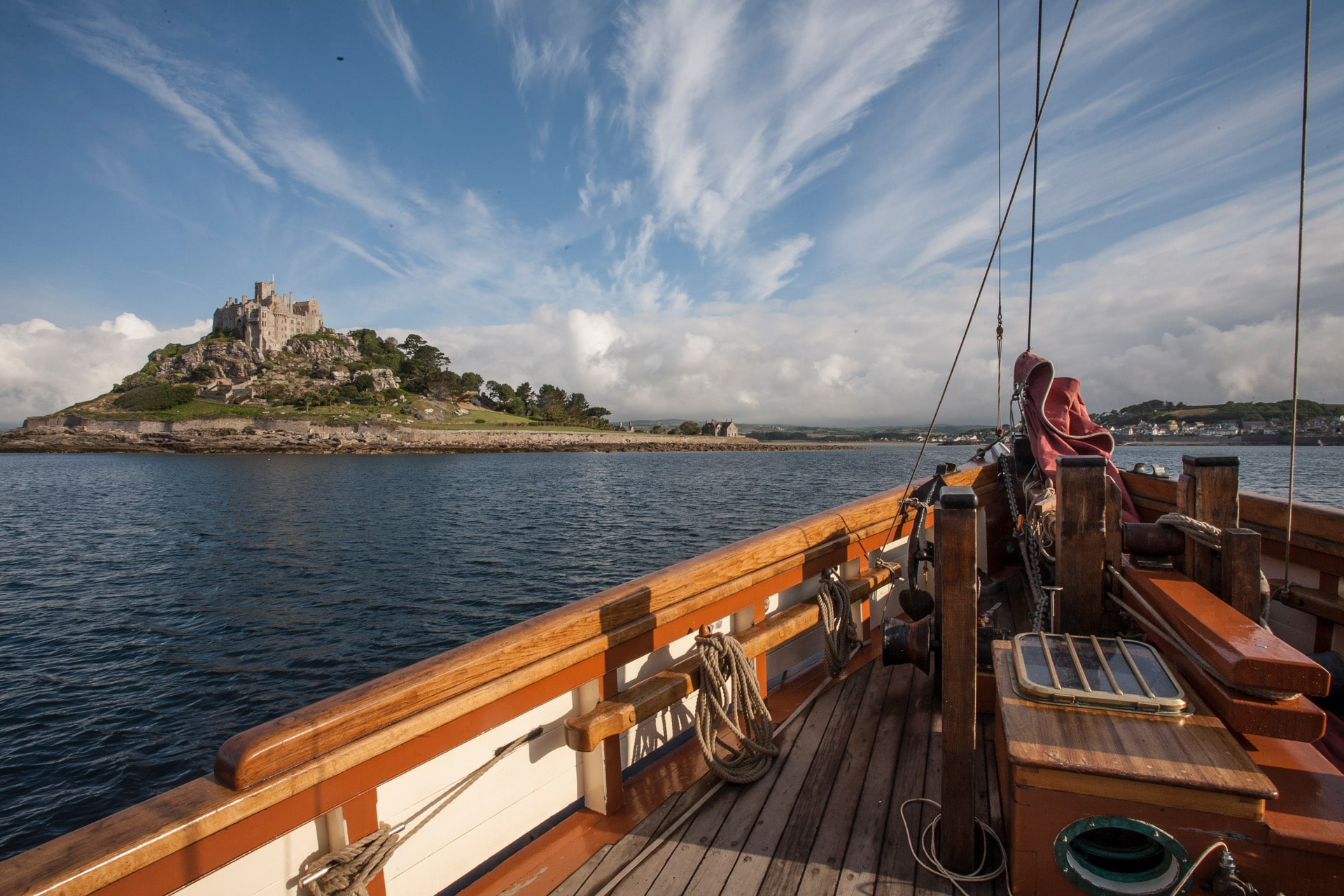
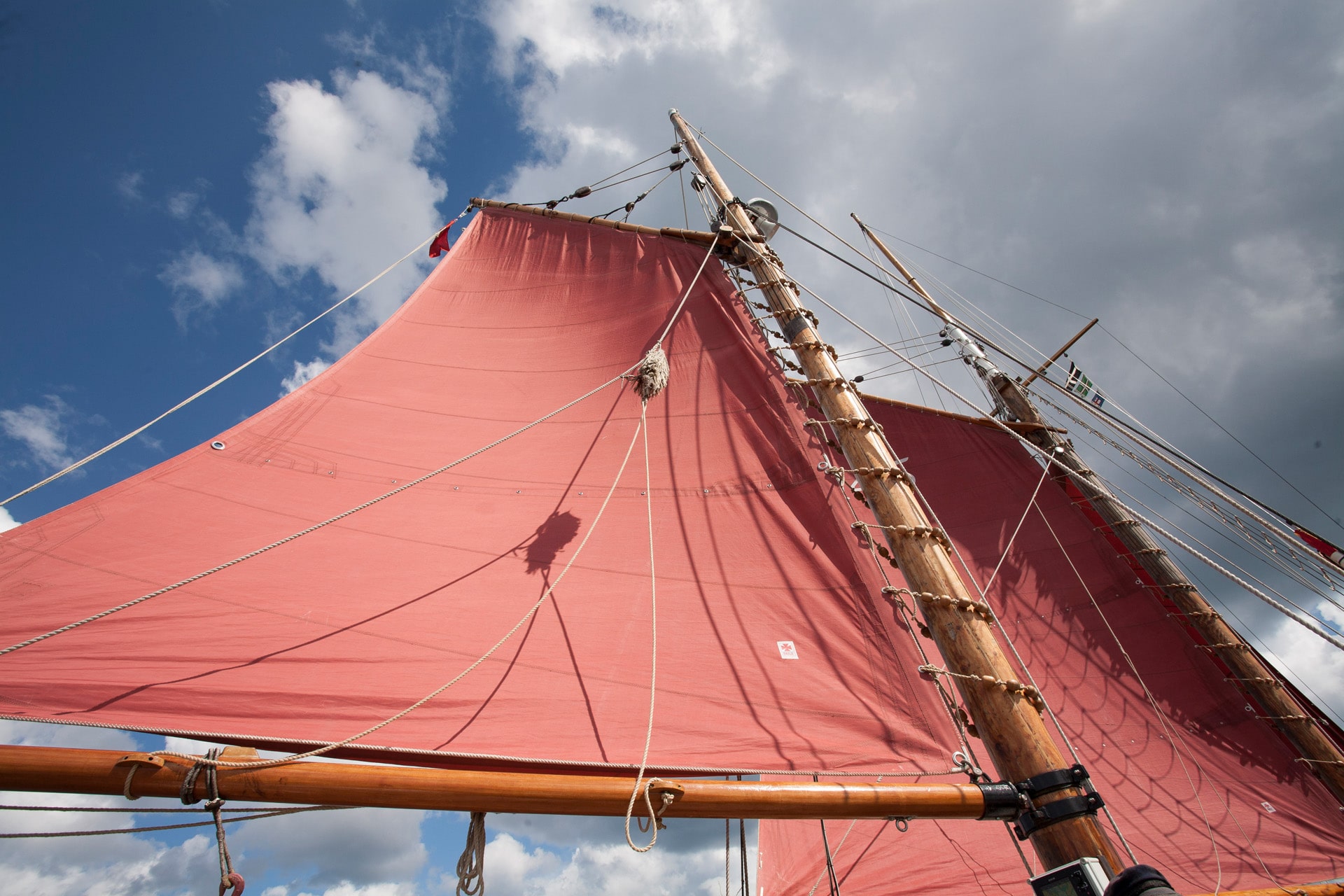
Design wise, the boats could sail relatively close to the wind due to a more hydrodynamic keel. This in turn was helped along by a powerful gaff-ketch rig with a large sail area. A cruising speed of 9 or so knots wasn’t uncommon for these trawlers when the nets were up, and they could be crewed with around 4 people. A low freeboard (the height of a ship’s side between the waterline and deck) made handling nets easier, but this tends to be at odds with handling in rough seas. However, the Brixham trawler optimised this by having a high bulwark – essentially making the wall that surrounds the deck higher to make up for the lower freeboard. Overall, their design meant that they could catch more fish, in worse weather, far quicker than any other boat.
The Brixham Trawler in the 19th century
At their peak in the late 1800s there were over 3,000 Brixham Trawlers in the UK. Other fishing ports on the North-east coast made good use of the well-stocked cod and haddock in the North Sea. Grimsby had a fleet of over 800 Brixham trawlers – the largest fishing fleet in Europe at the time – with ports such as Hull and Great Yarmouth not far behind on these numbers. The rise of the Brixham trawler also coincided with both the advent of the steam engine and the Industrial Revolution. This meant fresh fish could be chilled with ice made in new factories, and transported by rail to be sold fresh on the high street for the first time.
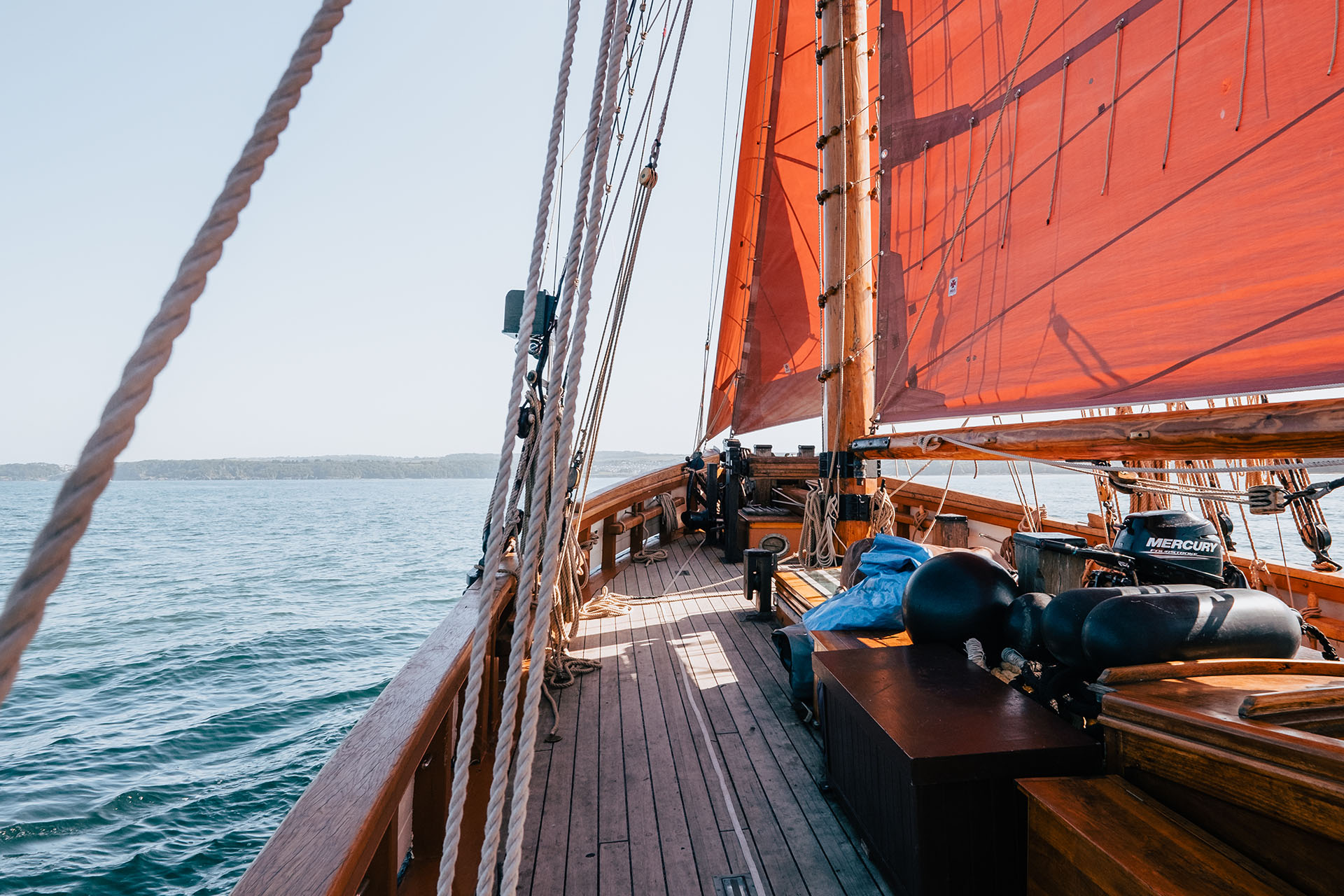
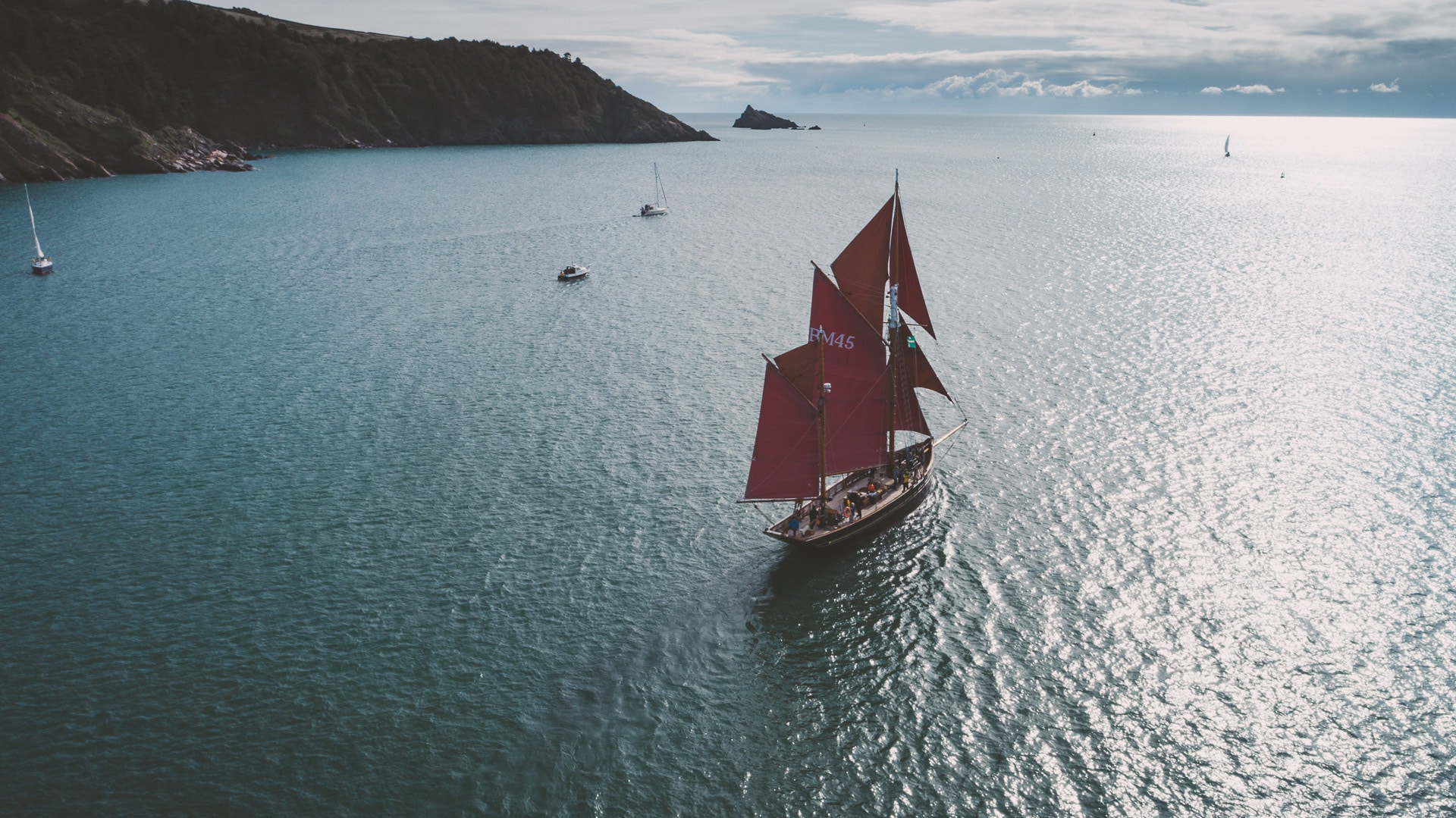
Despite the commercial success of the 19th century, as the internal combustion engine developed into the early 1900s, Brixham Trawlers faced a period of decline. The last Brixham trawler was built in 1926, and used commercially until around 1940. Post WWII, larger, more efficient motor boats began to dominate the fishing industry. These replaced sailpower as they used motorised nets to haul the catch. Sadly, because the original Brixham Trawlers had a working life expectancy of between 12-15 years, vast numbers of the original fleet have been lost.
Brixham Trawlers today
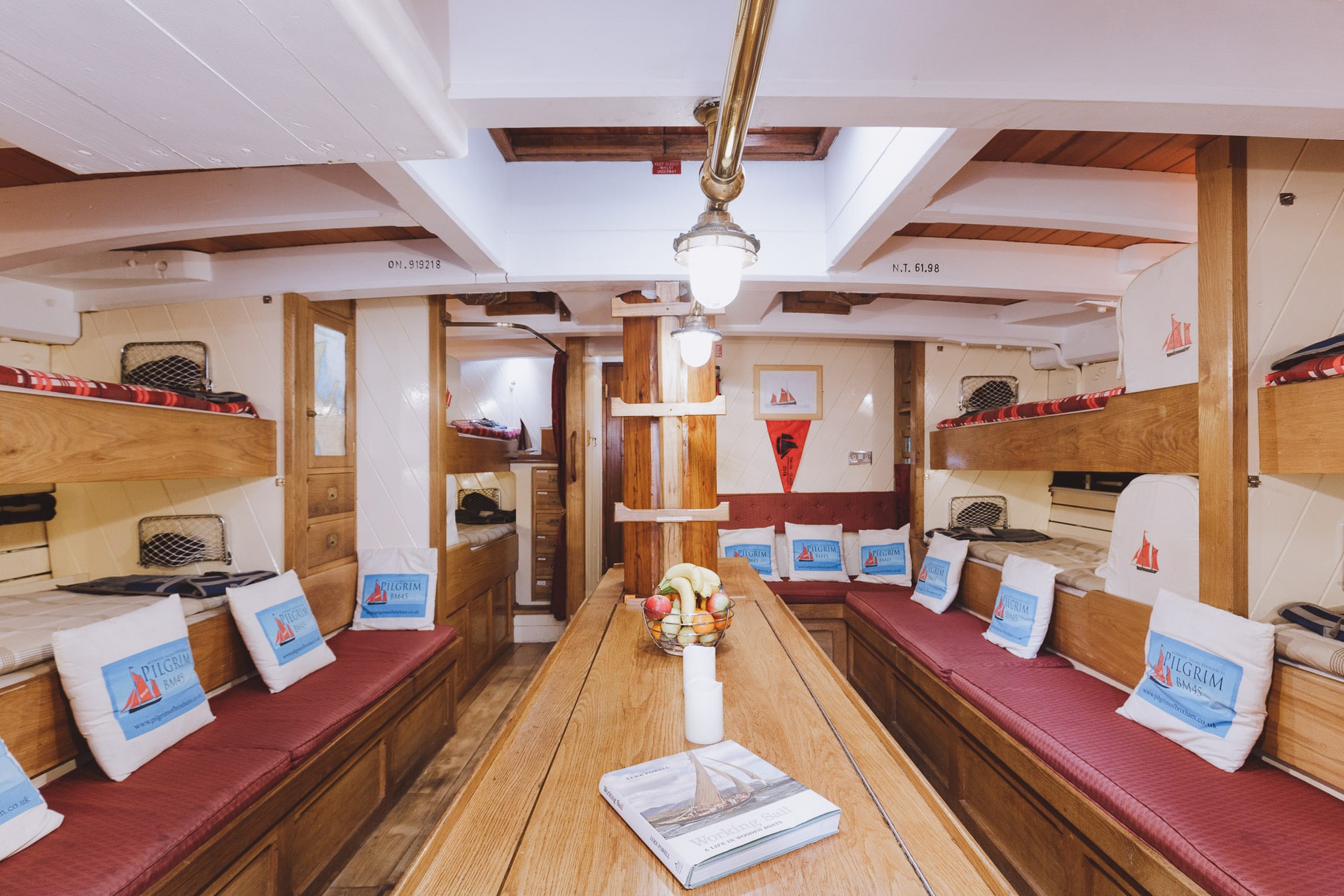
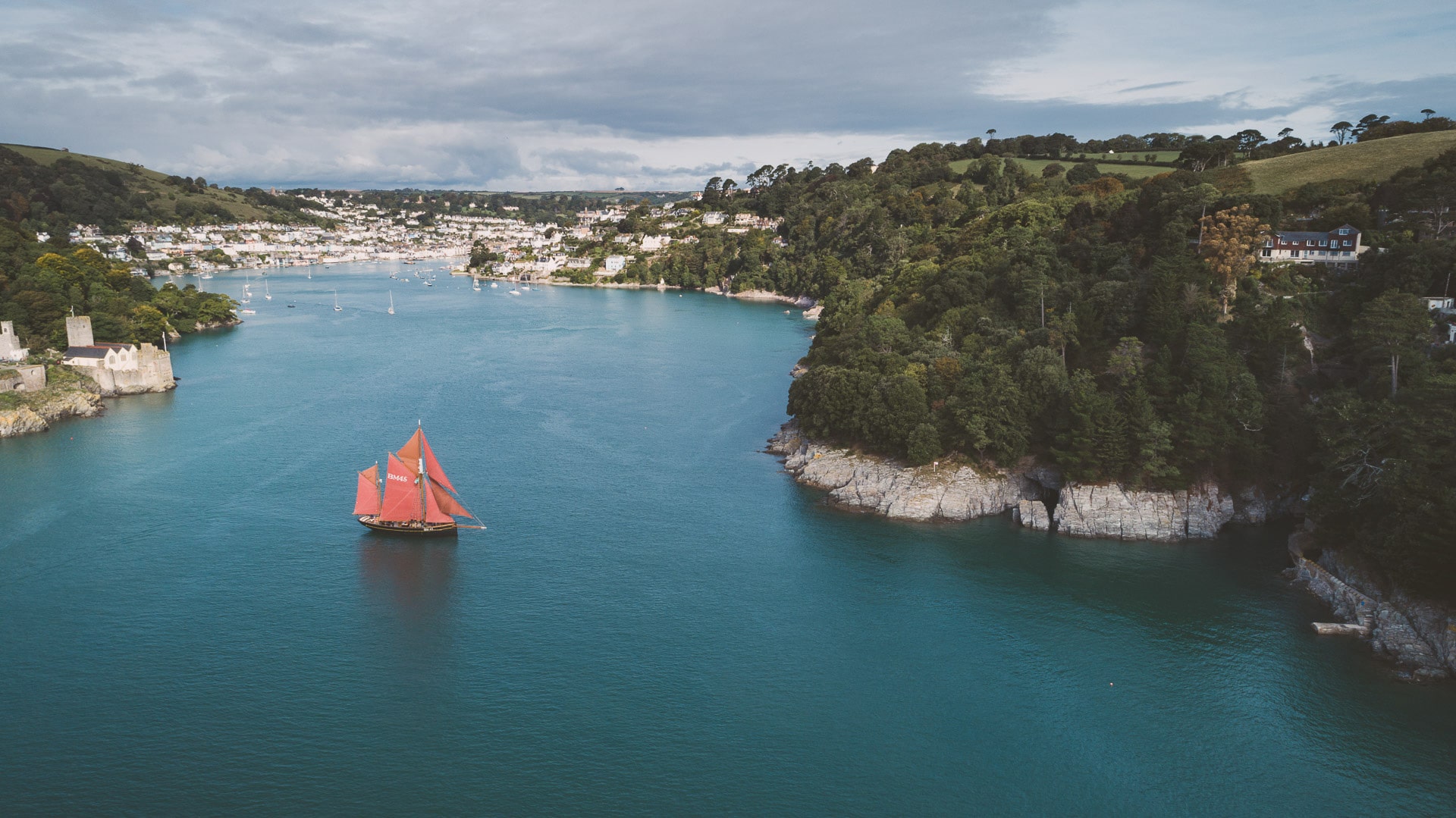
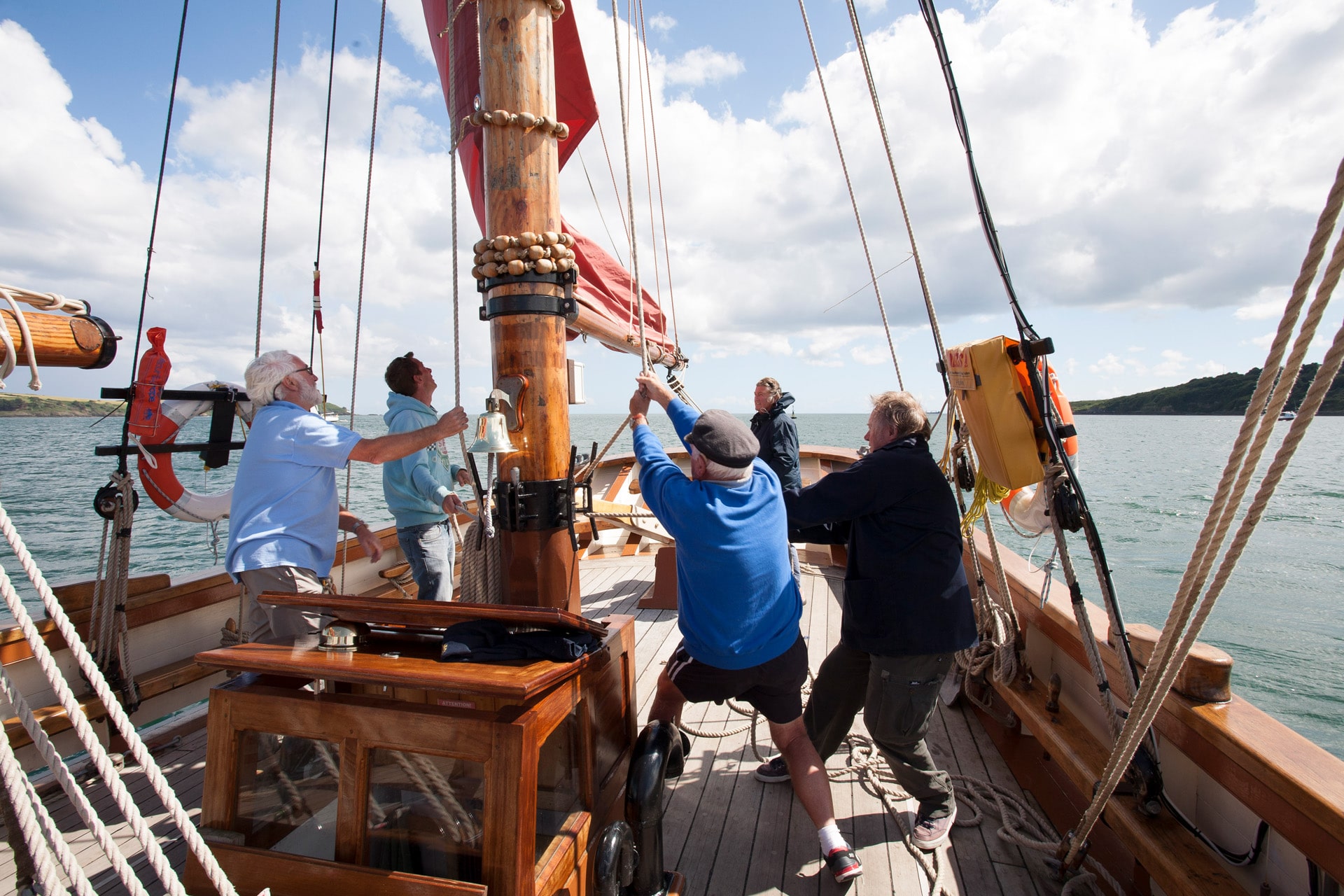
However, a very small handful of these boats do remain in the UK. One such trawler is Pilgrim of Brixham, who now offers sailing holidays out of her original port of Brixham. Built in Brixham in 1895, Pilgrim is the oldest surviving example of a Brixham trawler. After undergoing a painstaking restoration by volunteers, Pilgrim is now run by the Pilgrim Heritage Sailing Foundation. The charity maintains and preserves her heritage for future generations while traditionally sailing her. Every year Pilgrim cruises her original fishing grounds including Devon and Cornwall, out to the Isles of Scilly and across to the Brittany coast. Of course, you won’t be sleeping in amongst fish boxes and nets these days! Pilgrim is fitted out with cosy berths and a comfortable saloon – but as you help hoist those inaugural sails, you’ll see for yourself how the Brixham trawler completely revolutionised British fishing.

